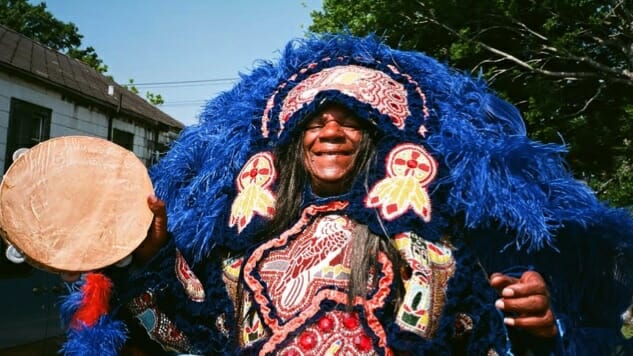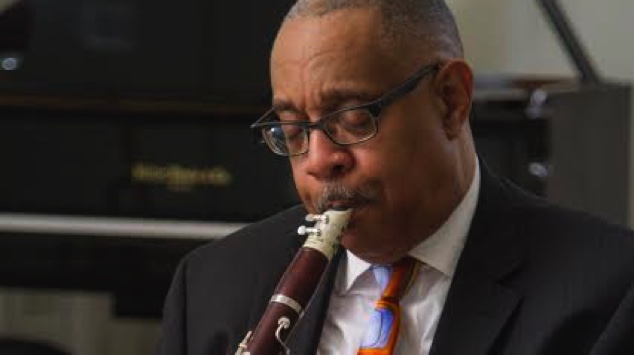Mardi Gras in New Orleans: Why We Travel for Music
Road Music, Chapter Two
Big Chief Monk Boudreaux photo courtesy of bigchiefmonk.com
I used to think I traveled to see musicians, but I was wrong. The real reason I was traveling was to experience the audiences and the geography that make certain music possible. Sooner or later, most musicians will make a tour stop at a city near you, but local audiences and geography can’t go on the road. You have to go to them.
That’s why I visited Hank Williams’ grave and museum in Montgomery, Ala., on this trip. That’s why I returned again to Mardi Gras in New Orleans this year. To be honest, the club bookings during Mardi Gras aren’t that special; it’s just another weekend in Louisiana, nothing like Jazzfest later in the spring. What is special is the audience. The whole population collaborates on a titanic art project that engulfs the city and is so inseparable from it that it can’t be transported elsewhere.
Those listeners influence the city’s music as much as the music influences them. New Orleans music has a syncopated pulse and a contagious joviality because that’s what the locals demand for their dancing and parading. And the geography—not only the humid air and palmettos of the bayous but also the long-and-narrow shotgun houses with their hidden gardens—shape the music as well. This happens all year long, but it reaches a fever pitch during Mardi Gras.
It’s not just the professionals who are getting dressed up to go dancing during carnival; a whole lot of amateurs get dressed up too and even those who show up at the parades in civilian clothes are soon draped in plastic beads and medallions, transforming them from observers to participants.
When the high school and college marching bands come down the street, gold tubas and trumpet glinting in the sun, pumping out the melody of “When the Saints Go Marching In” or “Mardi Gras in New Orleans,” it’s not the 19-year-old drummer that you’ve come to see but rather the give-and-take between the stoic musicians in their 19th-century uniforms and the alcohol-relaxed onlookers cheering them on and singing along.
And when the Endymion Parade’s two-story parade floats come bobbing down Orleans Avenue, it’s not Flo Rida or the other celebrities perched on the bow that are interesting, but rather the plastic-masked volunteers teasing the beseeching crowds below by dangling an especially fancy string of plastic beads, and the families on the curb raising their arms, opening and closing their hands like mouths as they shout, “Throw me something, Mister!”
After Saturday’s parade, we got up early on Sunday and drove down to the St. Charles Avenue Baptist Church. There the grandmaster of traditional jazz clarinet, Dr. Michael White, was leading the Original Liberty Jazz Band, a septet of elderly gentlemen, including 92-year-old pianist Lawrence Cotton. You can hear White’s combo in Jazz at Lincoln Center or other venues around the country, but it will never feel like it did that morning in the church.
-

-

-

-

-

-

-

-

-

-

-

-

-

-

-

-

-

-

-

-

-

-

-

-

-

-

-

-

-

-

-

-

-

-

-

-

-

-

-

-









































